Phoenician prehistory and archaeology in Malaga 📷 Spain

There is a place in my city where you can take a trip to the past, knowing the prehistory, what happened in this place thousands of years ago and seeing and admiring the pieces found in different places.
A place where the ancient archeology of the Phoenicians is present at every step. There is so much to see in this archaeological museum that you should take your time and go very slowly so as not to miss anything.
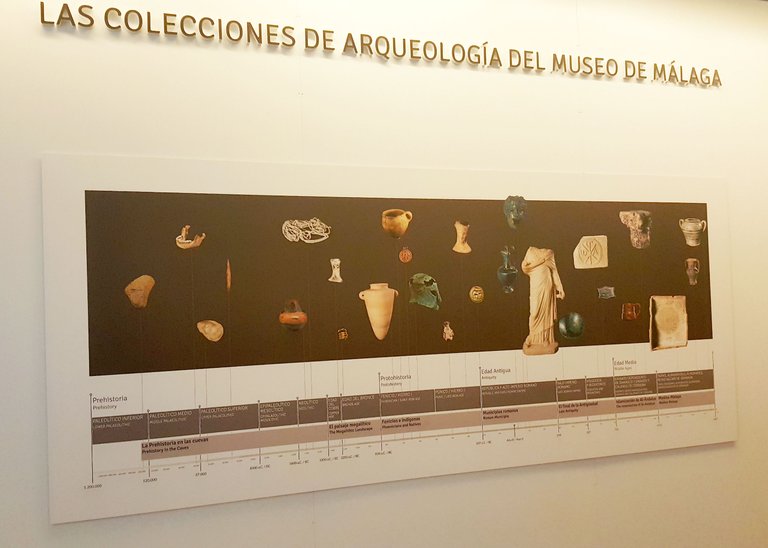

Throughout the tour of this large room dedicated to the very ancient past, there is information, posters, writings detailing each of the places explored, each piece found, what it was used for and how it was used.
It tells the impressive history of another time with so much detail and also with the possibility of seeing all these findings live and direct, which allows us or at least allowed me to travel to that time.
The whole area of Malaga by the formations of soil, caves, mountains and others make it a special place. In this land many natural caves have been formed centuries ago and this made that humans of ancient times and earlier species could inhabit them and then they were important and fascinating archaeological sites.
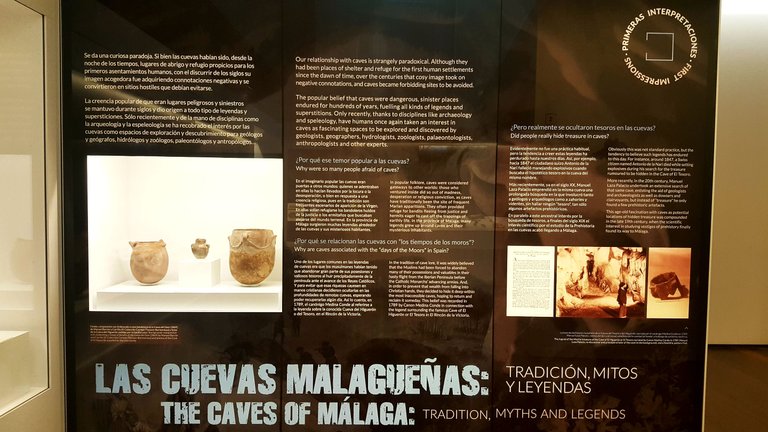
These caves had many uses, sometimes as dwellings, shelter, but also as tombs, especially in the Neolithic period.
Around them, agriculture and livestock farming were practiced, especially near the sea.
The caves in general in the beginning of mankind were considered as a place of settlement and shelter. Over time they were given a negative and dangerous connotation for various reasons, places to avoid. But with archaeologists all this changed.

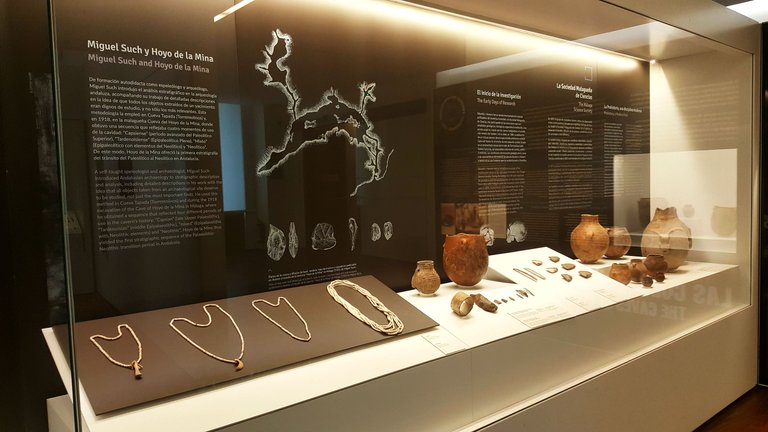
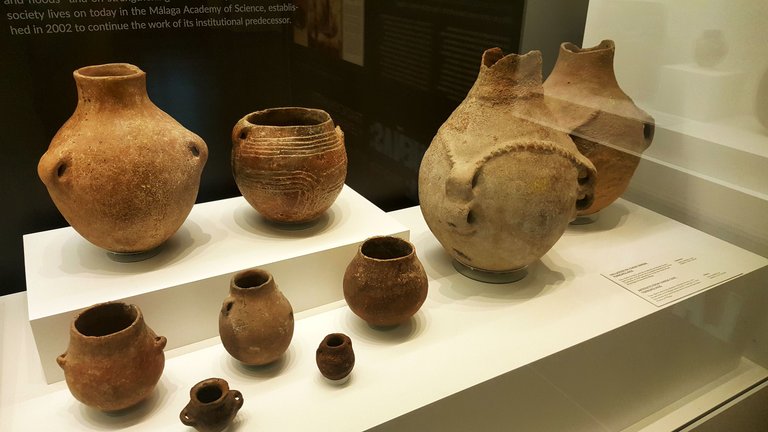
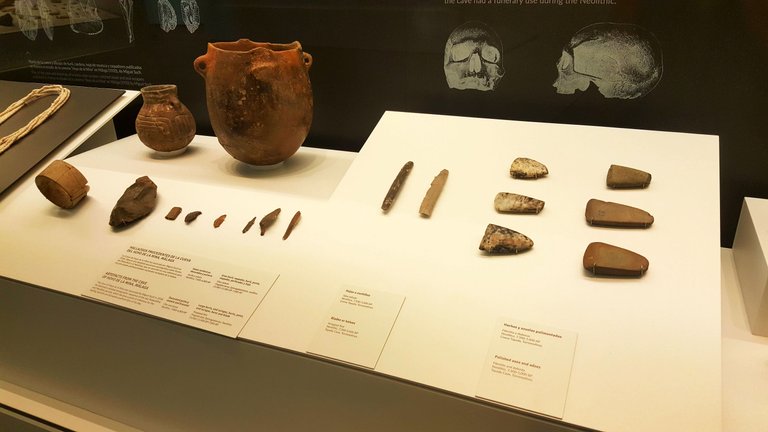
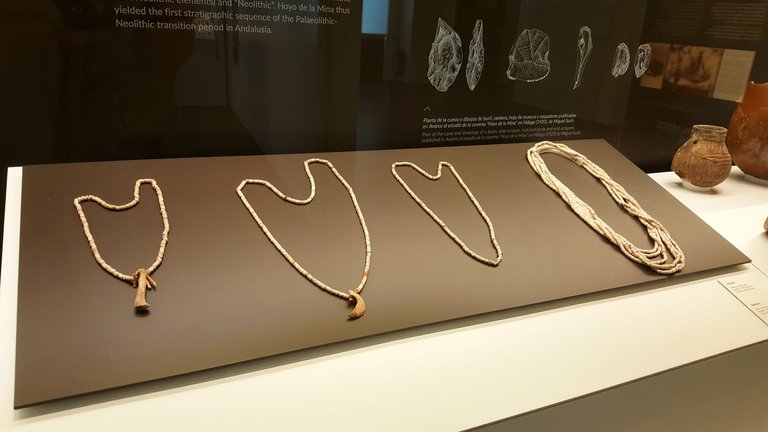
One of the most important caves in the area of Malaga province is the cave of Nerja. I have not yet been to see them, I only know the village which by the way is wonderful with incredible views, but I have yet to go to the caves.
As explained in the museum and the guide who very kindly gave us the tour, these caves were discovered in 1959 and eventually became a large prehistoric site.
Between 1960 and 1980 numerous excavations were carried out and this led to knowledge and great research on the subject of prehistory in this place.
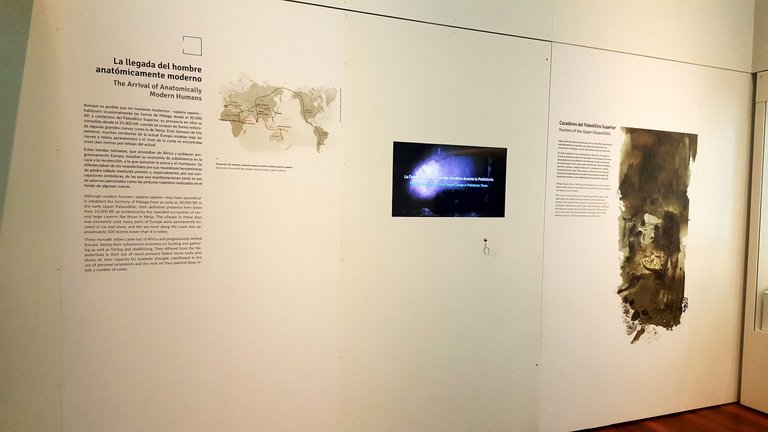
Many universities were also involved in this research with various studies and tests. The first radiocarbon tests in Spain were carried out and the cave paintings and much movable art that had been found were also studied.
One of the most important archaeologists at that time was Miguel Such. He introduced the idea that each piece was important for the whole study and not just the pieces that seemed most relevant.
This was because each one of them could show data in the studies and important traces in the history.
Other caves that have been studied under his direction were Cueva Tapada and Cueva del Hoyo de la Mina.
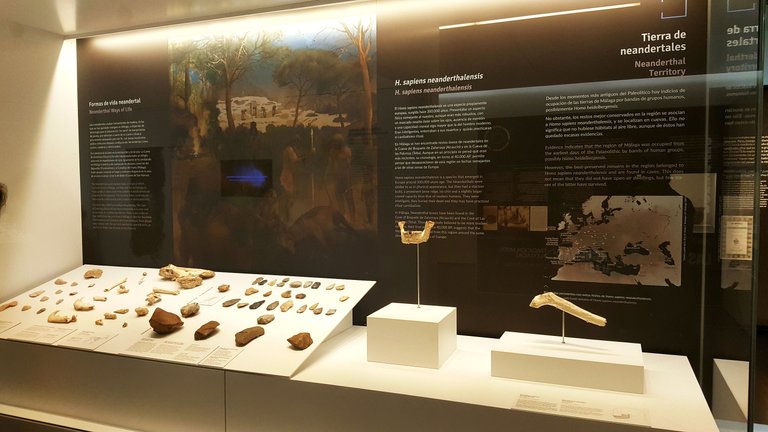
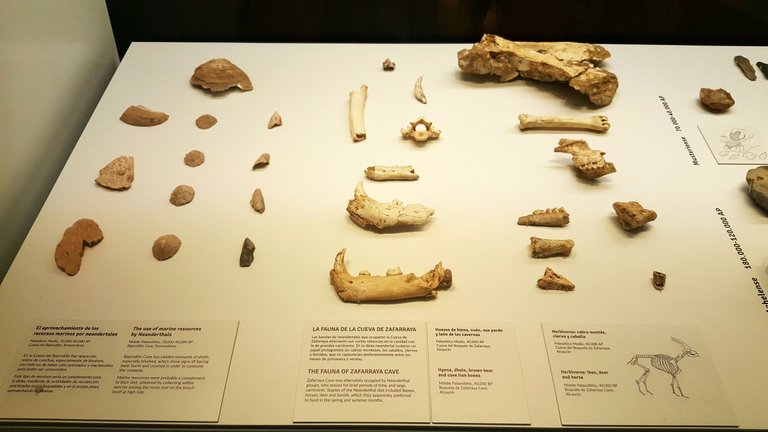
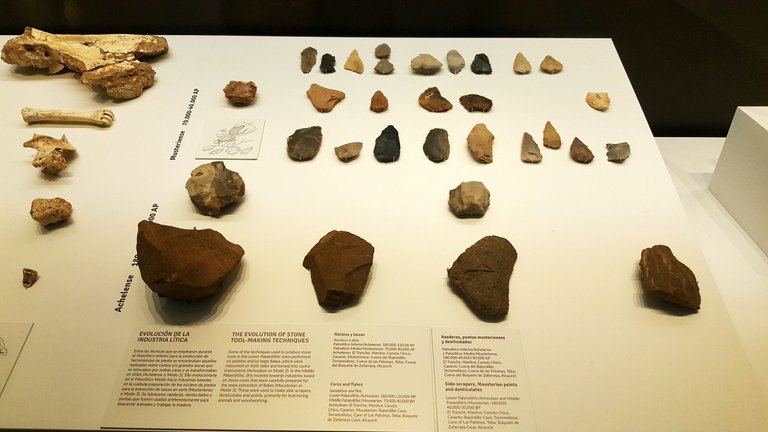
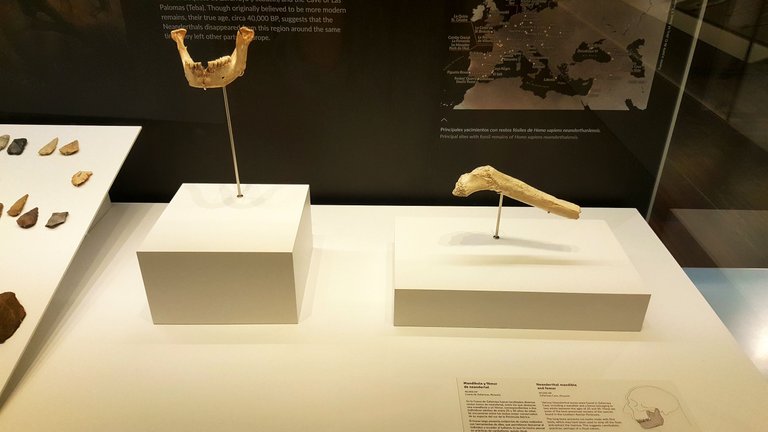
In caves such as the Cueva del Tesoro, not only were found pots or vessels such as those seen in the exhibition, but also human remains, utensils, and a very large variety of ornaments. These ornaments varied in their materials, they could be made of stone, ceramics or shells.
Many of these caves had a funerary use which reminded me of the pyramids that are all over the world, logically from a time closer to us in history.
Eventually the Science Society was founded in the city to promote the study of this subject through a museum and library. Many personalities conformed it as historians, architects, scientists, archaeologists and many more.

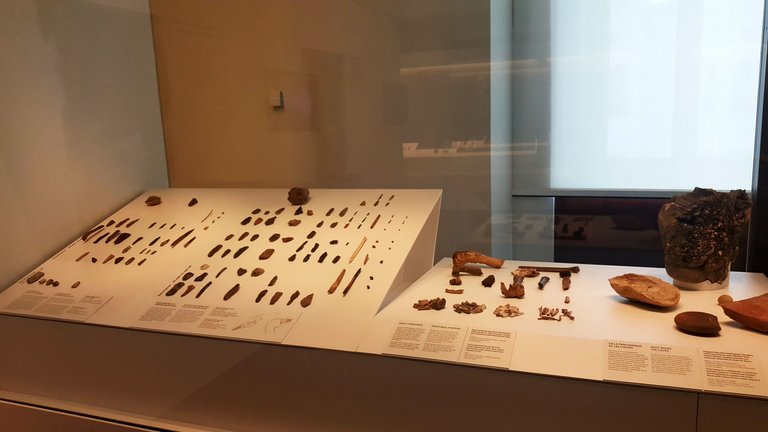
All these discoveries during the 19th century acquired more importance and were considered of historical importance.
From that moment on, many personalities dedicated themselves to the study of prehistory and archeology and, for example, the cave paintings in Altamira were discovered, the first of their importance.
I was very surprised to find among the sites, pendants, rings, as well as the typical pots and utensils, let's say household utensils.
The pendants are really precious and with personalized charms and decorations.
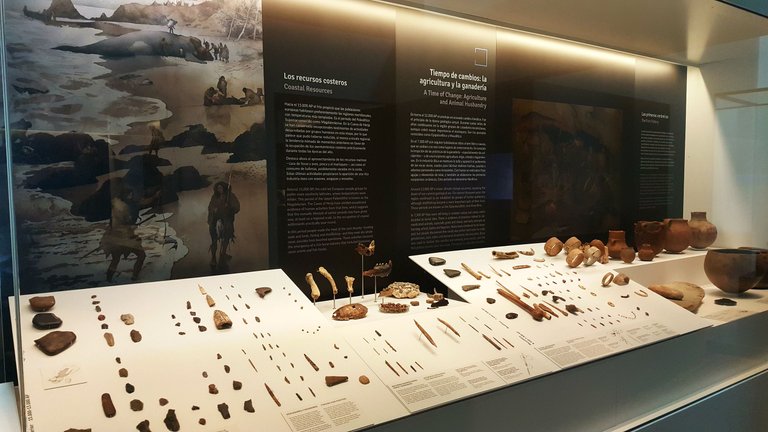
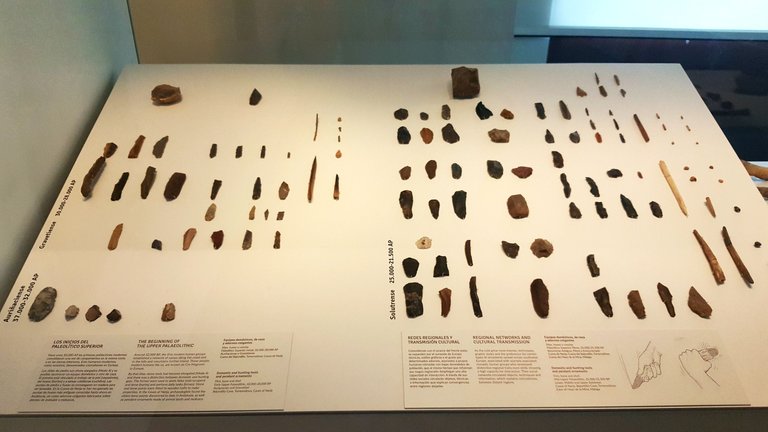
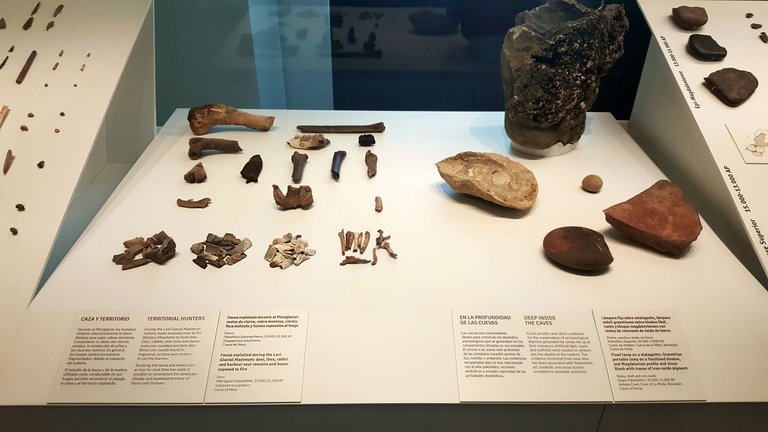
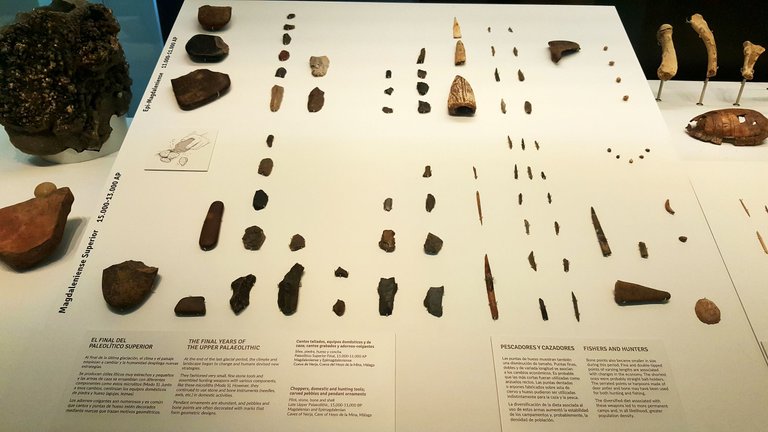
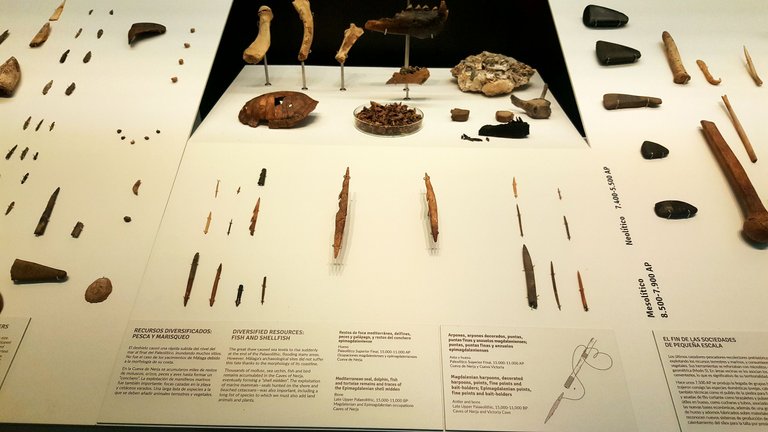
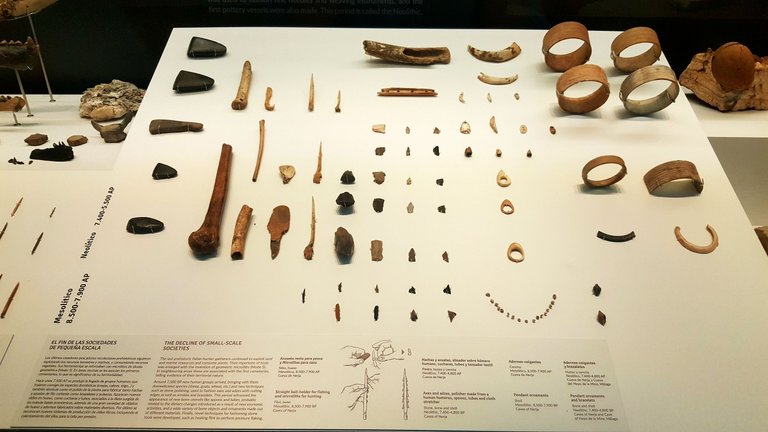
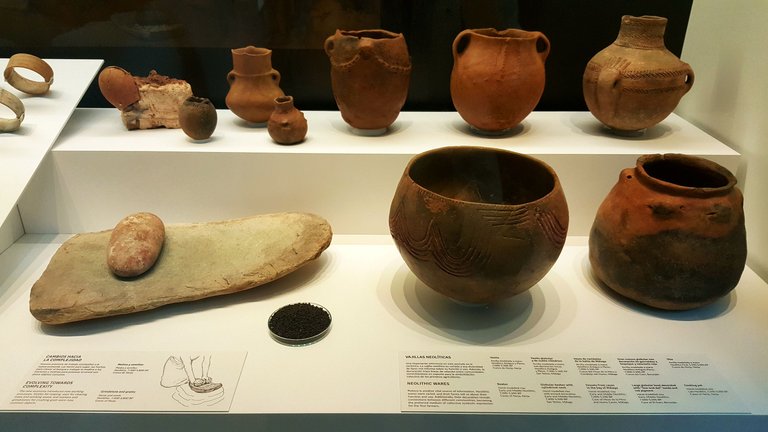
The sapiens humans who inhabited these caves thousands of years ago took refuge from the extreme cold and came from both Africa and northern Europe. They sought to subsist by hunting and gathering, as well as fishing.
The difference with the Neanderthals, of whom deposits were also found, is their stone tools and these personal ornaments such as the pendants I mentioned before. Of course, another difference is the large number of cave paintings that sapiens humans made.
The findings, especially in the Nerja Caves, show fishing, varied hunting, agriculture and gathering of various kinds.
Although there is little evidence, Neanderthal men used wooden and stone tools and there are no traces of the former. They were engaged in hunting, fishing and gathering.
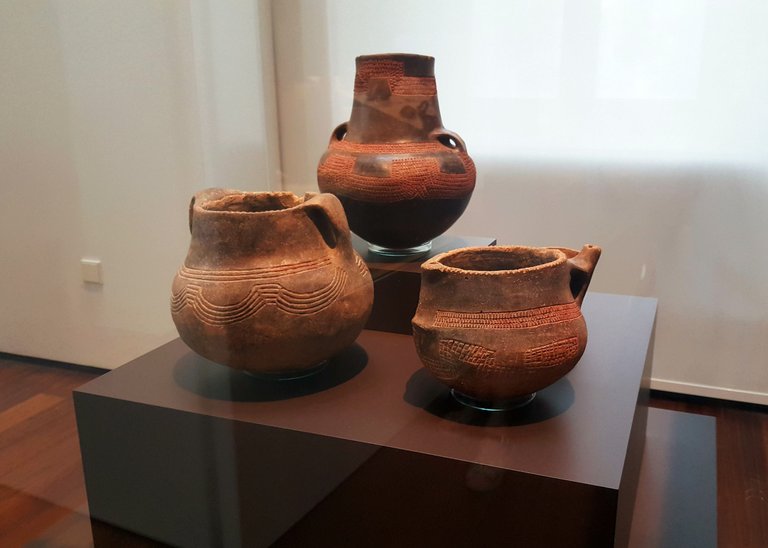
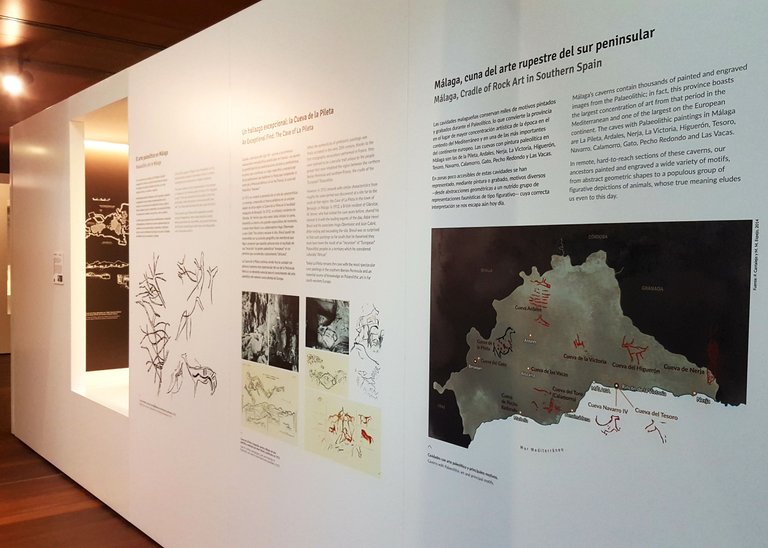
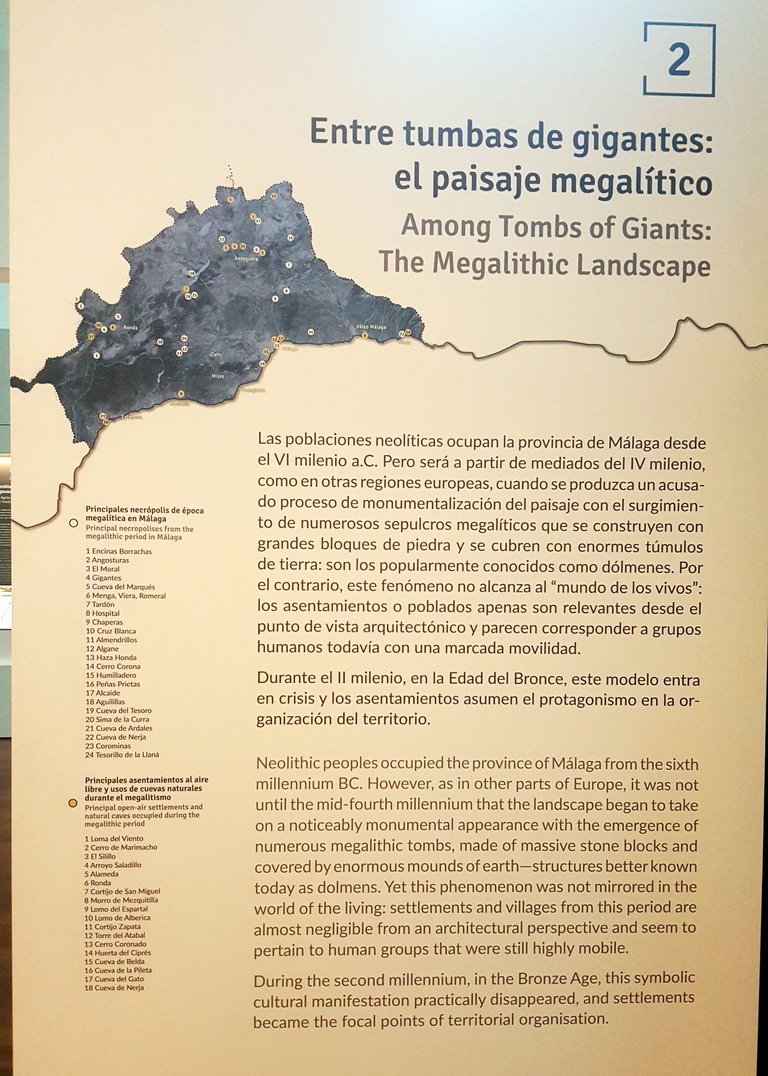
Although little has been found of them in the caves, there were fossil remains and it was considered that they were intelligent, that they buried the dead and possibly practiced cannibalism as a ritual.
Each area of the museum was special and it was worth stopping to read all the information and look at each of the pieces found as well as the human remains. Impressive how they have been preserved over time.
It explains how the resources were obtained to make tools for hunting or fishing and the type of material used.

When I looked closely at each of the small pieces I realized how each one is a piece of history and that explains it in such detail, from the pieces that were used for fishing, a vessel, a decoration and even the bones or remains that give so much information about how history was and how humans were before.
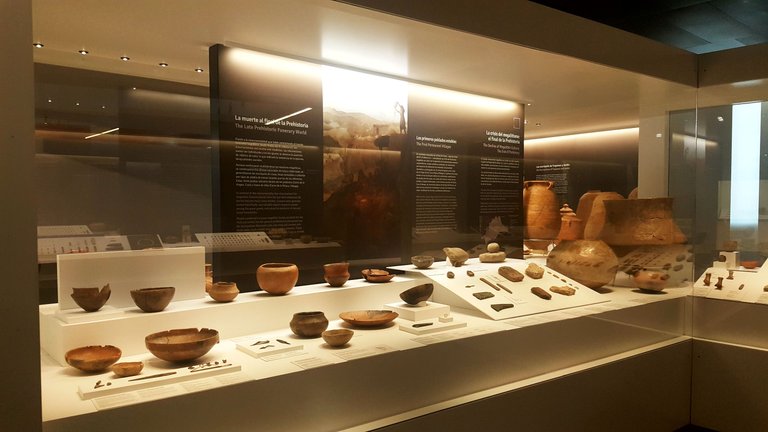
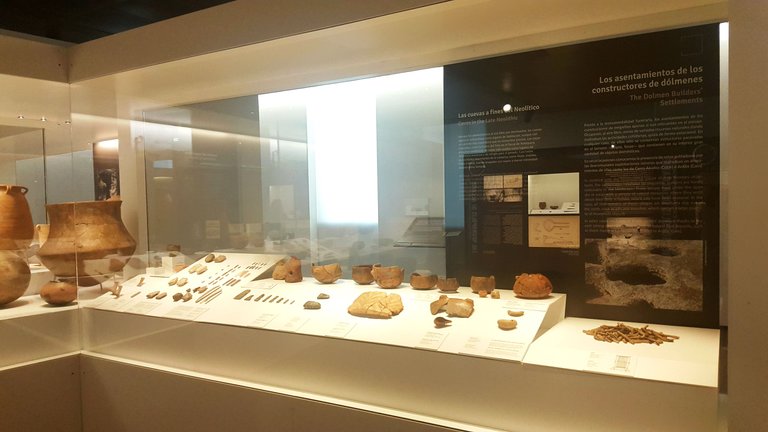
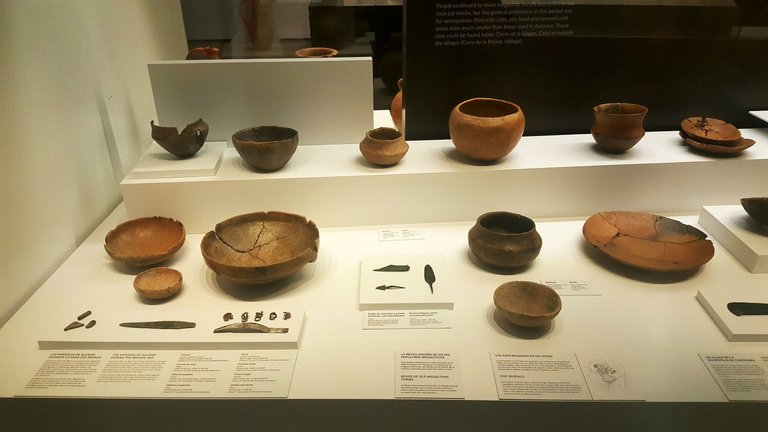
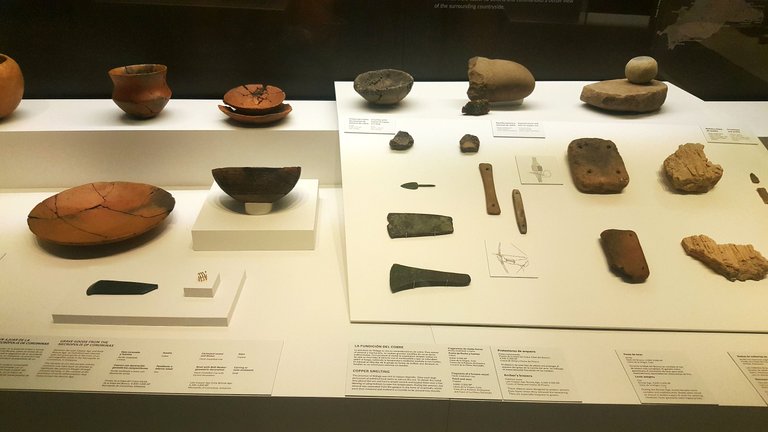
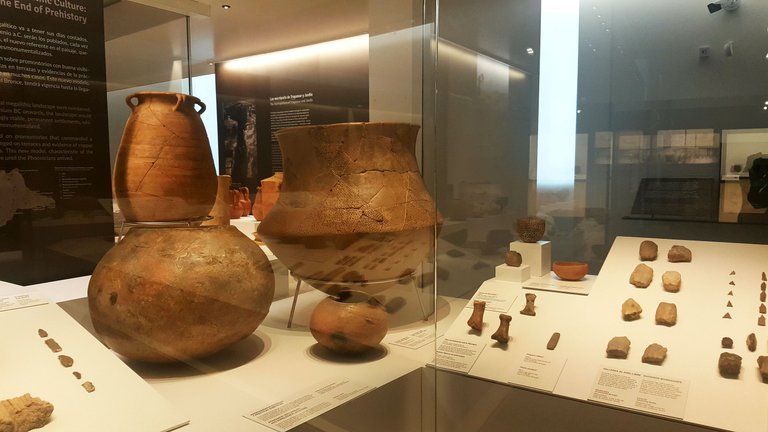
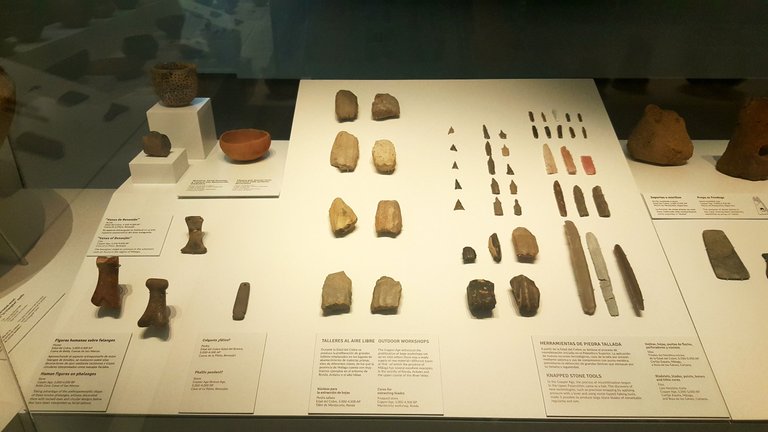

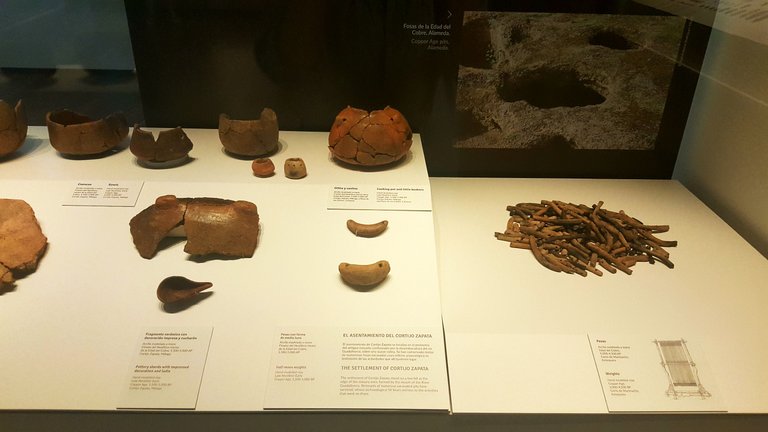
Evolution is also demonstrated. How they moved towards agriculture and cattle raising, the tools they used and what life was like at that time.
How they went from smaller societies to larger ones and how they began to use other types of technology, for example to grind corn. All this was explained in great detail under each of the exhibits, which gives great value to the tour.
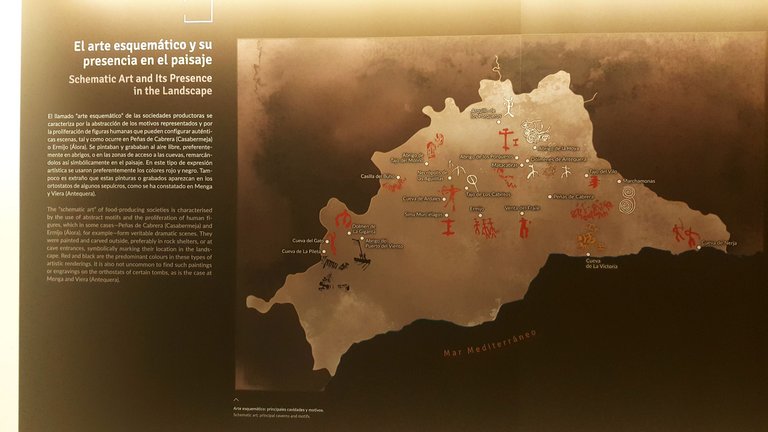
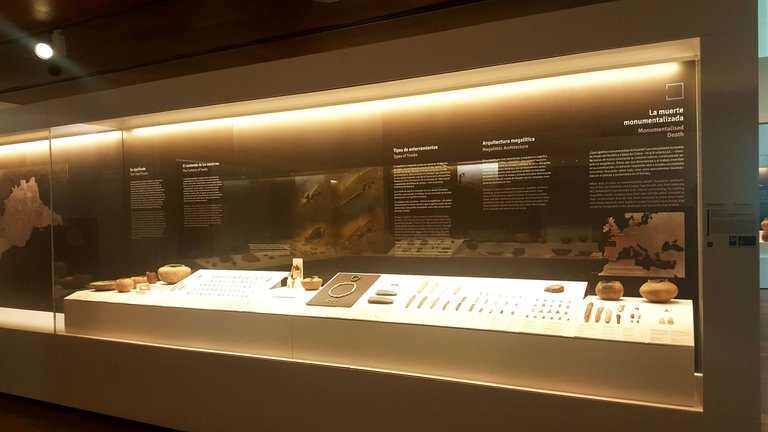
In many parts of the tour the guide explained things, details and we chatted a lot about it.
You could see how as the story progressed the details in the different pieces found changed and were much more solid, better made and with more decorations.
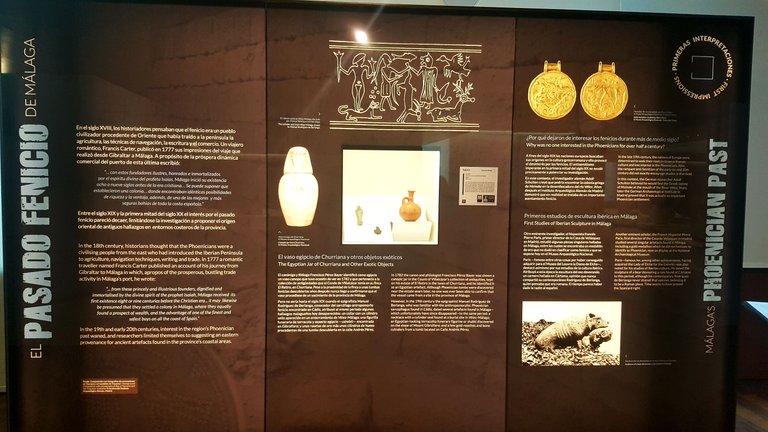

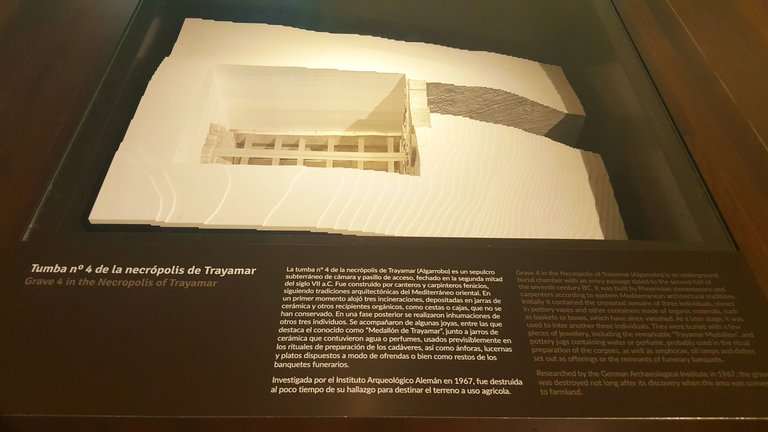
I saw this evolution especially in the styles of the vessels, which became better and more beautiful as the tour progressed.
There are two things that I liked the most about this museum.
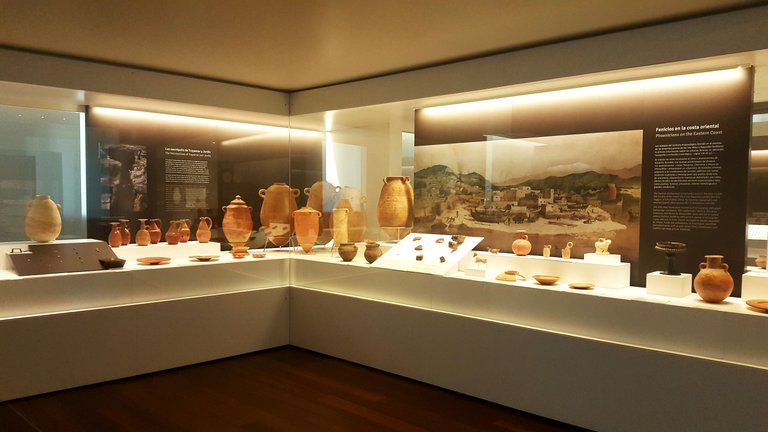
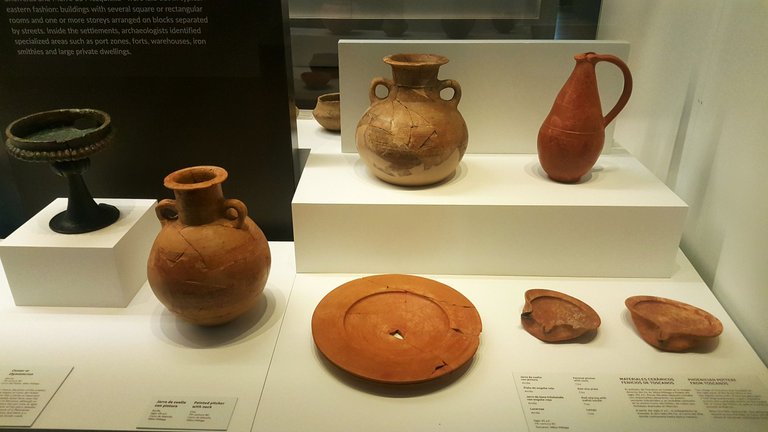
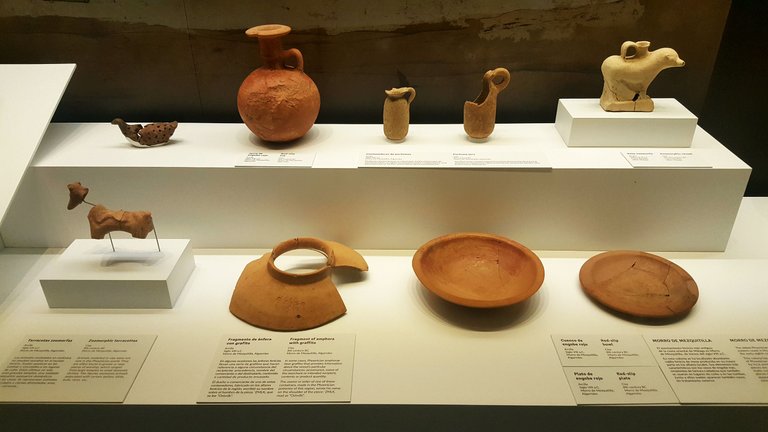
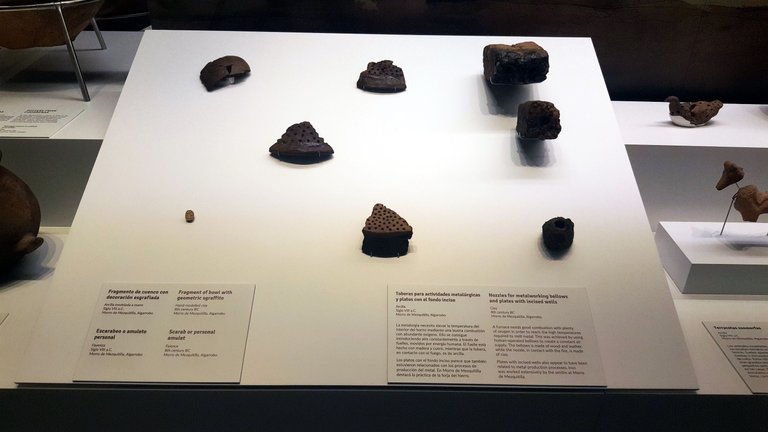
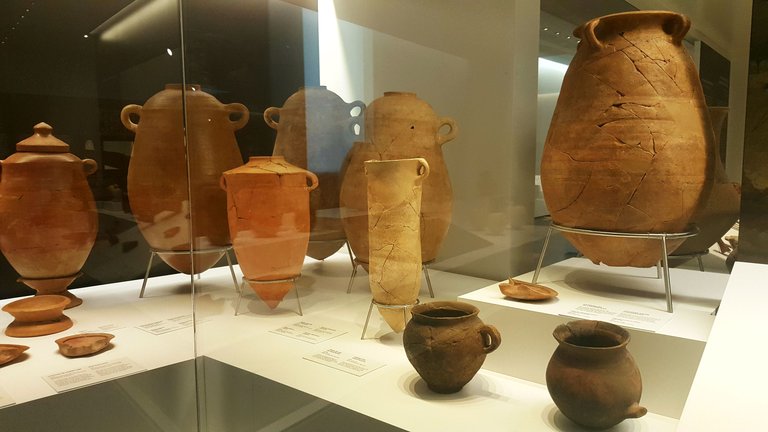
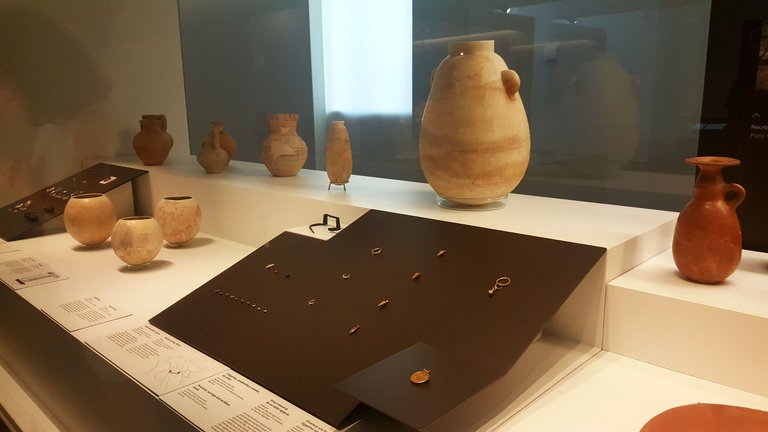
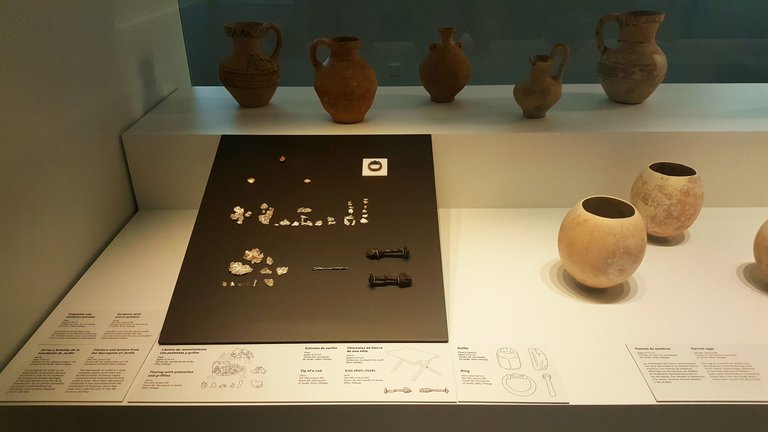
On the one hand, the reference to the art of the time with the large number of cave paintings found in the various caves. Also what they used to make them, but above all the theme that the art was so marked.
On the other hand, the issue of the structures that served as tombs, the importance they gave them and how they were maintained until today.
Many times I wonder or rather marvel at how they were able to do all that they have done without today's technology.
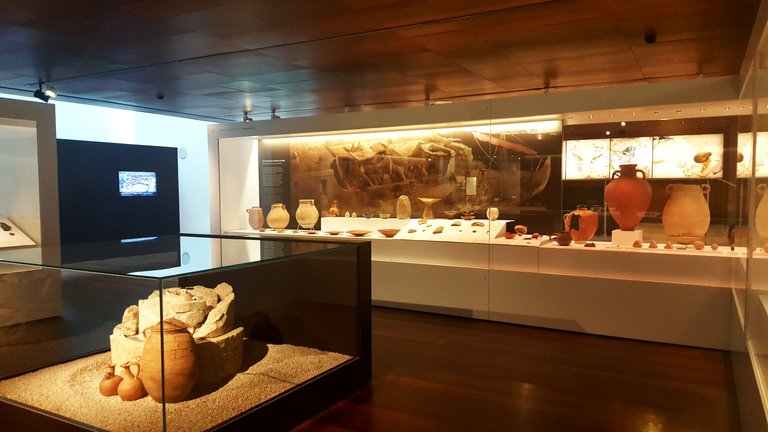
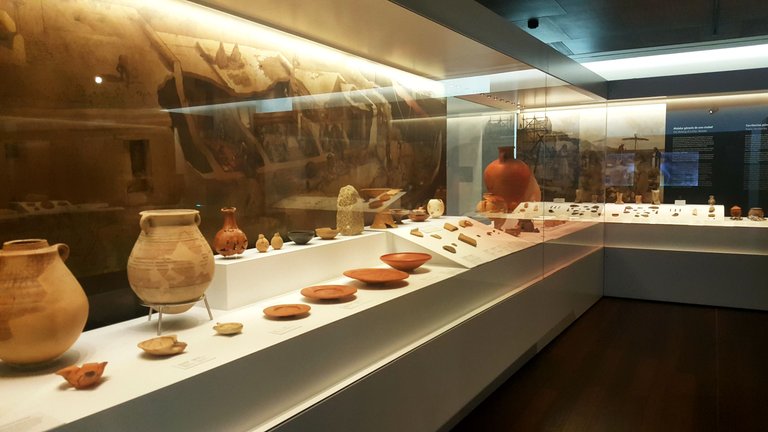
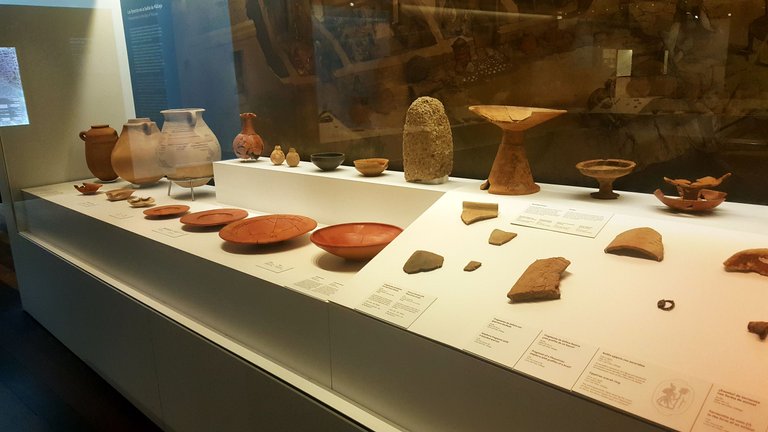
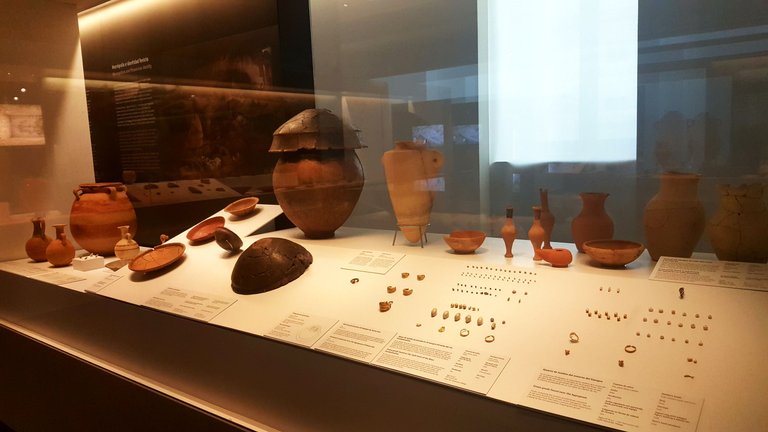
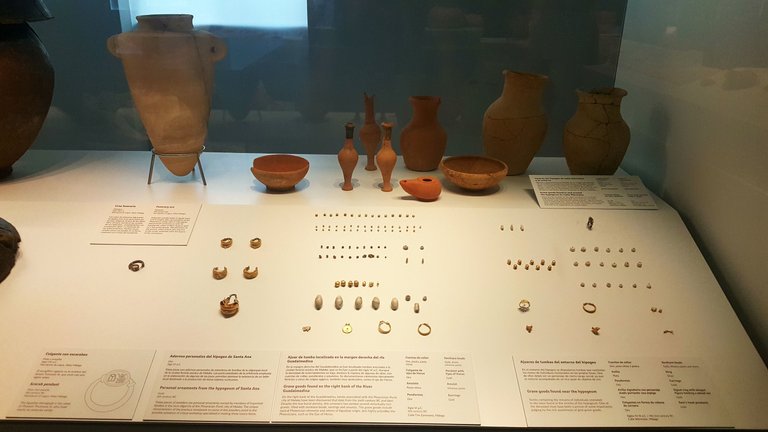
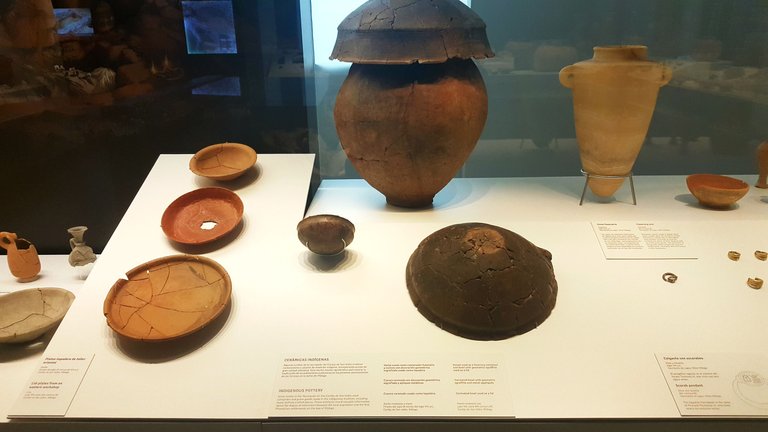
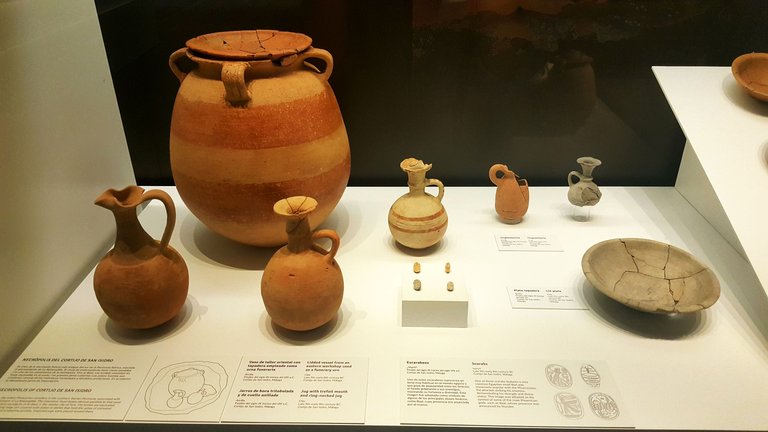
The way the tombs were made, the amount of human remains found in different caves, and along with them many decorations as the Egyptians did, makes me think of the importance they gave to life after death.
Many details not to be missed in this museum, which, of course I recommend visiting, for the Phoenician history, the immensity of archaeological pieces that are not telling step by step that story, surprising in each of them.
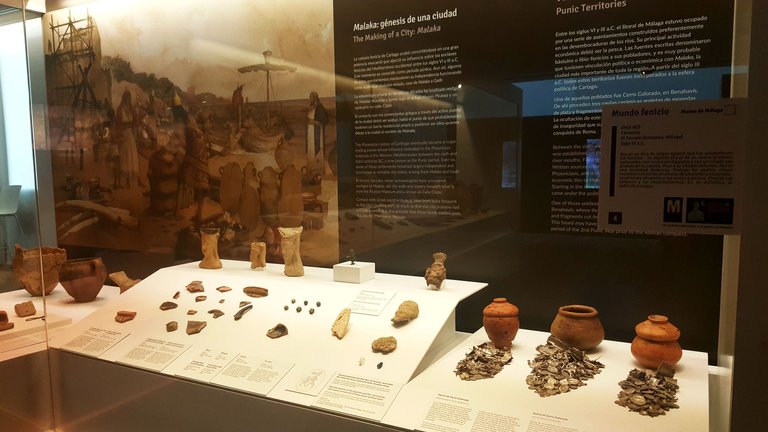

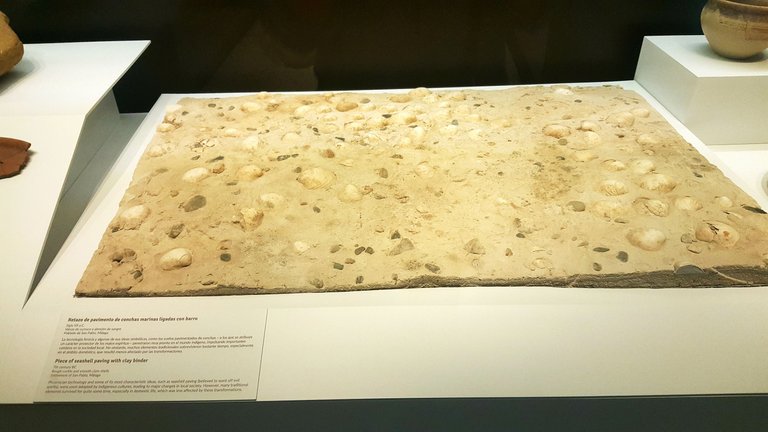
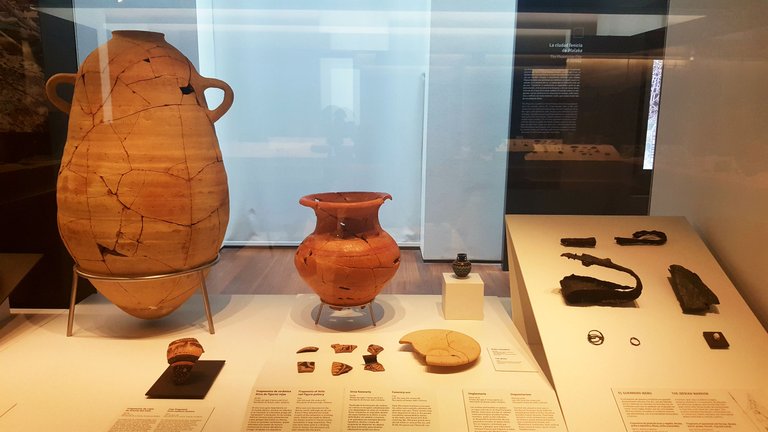
Also admire the immense work of the people who have worked and work in reconstructing the pieces of pieces and know how a complete one is formed. The restoration that they have carried out is impressive.
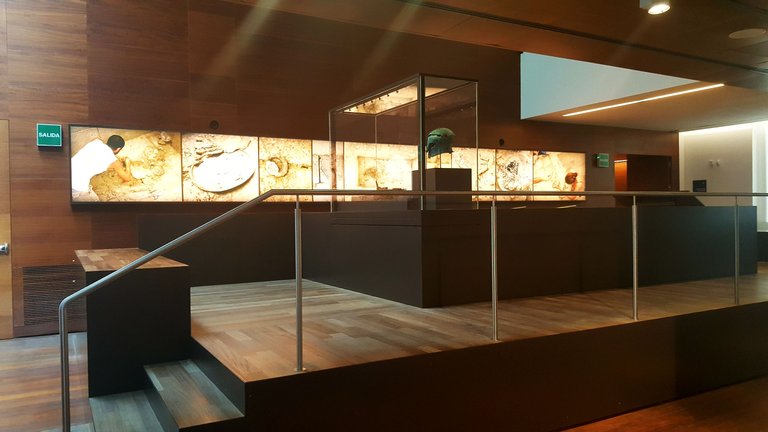

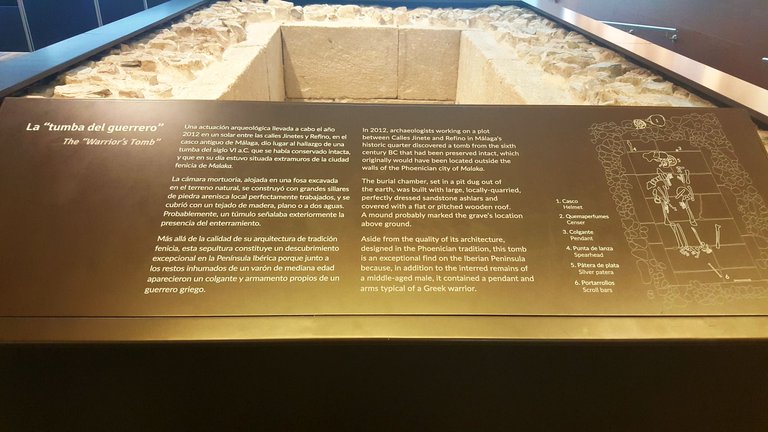
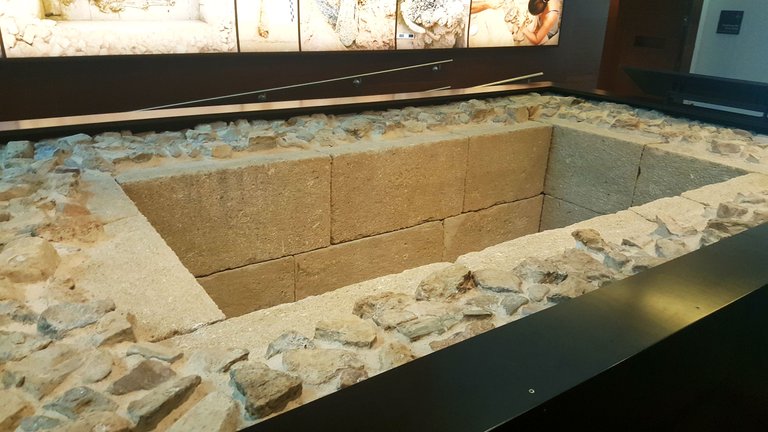
All this work to bring antiquity to our time so that we can internalize it, understand it and admire it. That is what I did in this majestic tour and happy to bring them to all of you.
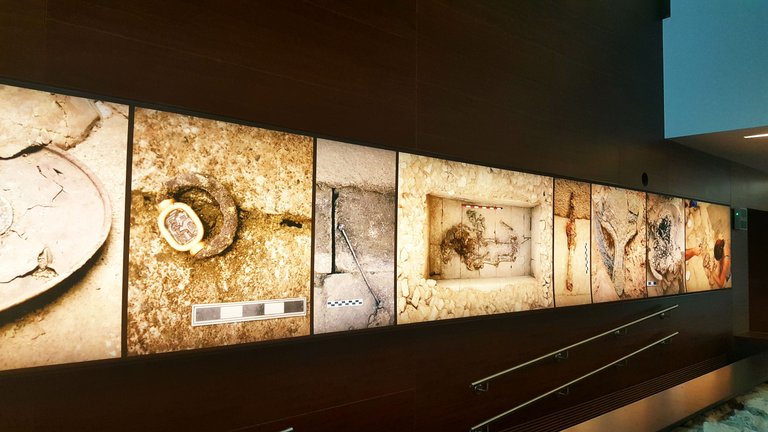

Thank you very much for joining me, best regards and see you next time.
Amonet.

Miniature and separators created by me in Photoshop.
Used translator Deepl.com free version.
[//]:# (!pinmapple 36.72016 lat -4.41701 long Phoenician prehistory and archaeology in Malaga 📷 Spain d3scr)

This place must be huge @avdesing for all the things it has on display
What a beautiful archaeological museum, what I like besides the things to see are the posters with the information.
It is huge and there are two more museums, one Roman and one of sculptures that were in the botanical garden. Thank you very much beautiful!❤️
Congratulations, your post has been added to the TravelFeed Map! 🎉🥳🌴
Did you know you have your own profile map?
And every post has their own map too!
Want to have your post on the map too?
- Go to TravelFeed Map
- Click the create pin button
- Drag the marker to where your post should be. Zoom in if needed or use the search bar (top right).
- Copy and paste the generated code in your post (any Hive frontend)
- Or login with Hive Keychain or Hivesigner and click "create post" to post to Hive directly from TravelFeed
- Congrats, your post is now on the map!
PS: You received this comment because you used the Pinmapple code snippet. Pinmapple is closing down and we are continuing Pinmapple's legacy. You can also import your previous Pinmapple posts to the TravelFeed map.Thank you very very much @travelfeed 😃
#hive #museum #travel #pinmapple
https://x.com/AmonetAV/status/1796536579642855641
Congratulations, your post has been added to Pinmapple! 🎉🥳🍍
Did you know you have your own profile map?
And every post has their own map too!
Want to have your post on the map too?
Thank you so much @pinmapple ❤️❤️❤️
I have always felt admiration for archaeologists, they do great work whose discoveries leave us amazed.
How many stories there are in these exhibitions. What beautiful places you have in the city to visit.
Thank you very much dear friend @avdesing for showing us all these photographs and information
Have a beautiful day
I love to travel and I was telling your granddaughter a while ago that I have a museum like this but Roman and one about sculptures. It's great. Thank you so much!😃
What a great publication, and yes, you live in a place with a millenary culture or sum of cultures, that of the Mediterranean (Phoenicians-Carthaginians, Greece, Rome, Islam,...). Lucky you. And lucky to have you there as a reporter.
Greetings @avdesing
Choose well! Without knowing everything that was here, I was happy with this place. Thank you very much @enraizar 😃
hasta mañana @avdesing 🤗
Buenas noches, hasta mañana!✨
So much history in one post, awesome 😍
It is admirable how they were able to do such things using their hands and the tools provided by nature.
We were wondering with my friend how they were able to do all that and if they had help, you know what I mean?
Congratulations @avdesing! Your post made the TravelFeed team happy so we have sent you our big smile. Keep up the good job. 😃
Thanks for using TravelFeed!
@for91days (TravelFeed team)
PS: Why not share your blog posts to your family and friends with the convenient sharing buttons on TravelFeed?
Thank you so so much @travelfeed 😃
Congratulations @avdesing! You have completed the following achievement on the Hive blockchain And have been rewarded with New badge(s)
Your next target is to reach 13000 upvotes.
You can view your badges on your board and compare yourself to others in the Ranking
If you no longer want to receive notifications, reply to this comment with the word
STOPCheck out our last posts:
Thank you so so much @hivebuzz 😃
That's great @avdesing! We're excited to see your progress on Hive! We can't wait to see you achieve this next one!
Thank you!!!😃
Wow! Que lugar tan interesante 🤩 Creo que por todo lo que manejas del tema estás lista para trabajar allí, hasta podrías organizar Tours por tu cuenta 😌
Eso me han dicho, y no estaría nada mal, mi amiga me dice que sé más que un malagueño que nació acá jajaja sólo que me llevo fatal con el inglés🤣
La prehistoria tiene micha historia y los museos son prueba de ello... debería llamar orígenes de la tierra antes que prehistoria jajaja nose..tal vez divago 🤣
Totalmente de acuerdo reina! La historia es historia!❤️❤️❤️
Hiya, @choogirl here, just swinging by to let you know that this post made it into our Honorable Mentions in Travel Digest #2228.
Your post has been manually curated by the @pinmapple team. If you like what we're doing, please drop by to check out all the rest of today's great posts and consider supporting other authors like yourself and us so we can keep the project going!
Become part of our travel community:
Thank you so so much @pinmapple and @choogirl 🤗🤗🤗
That is a lot of archeology. Such excellent presentation. Well done!
Thank you very much @litguru!🤗🤗🤗
Europe is an area with a past that may contain our origins in many aspects, the detail homo sapiens neanderthal and homo sapiens sapiens is what most caught my attention, I recently saw a documentary and passionate to see anthropology professionals analyze only bones and from them draw theories or conclusions impossible for us
This is a valuable content for humanity because it contains studies of our past as a species, including the fact that we walked together with our cousins the Neanderthals who later became extinct, in fact it is studied how many capabilities they had because they are always painted as savages and they were not so, in fact we want to see how much union and feelings for a group they developed and just what you say about burying their dead may be the key
One note, their cave paintings are the most ancient art and much was based on drawing things of daily life like hunting BUT there are petroglyphs or cave paintings with weird scenarios, I do not know if any there will be in photo but I leave that note, they drew beings that are not recognized in the fauna of those times
If I notice it is mentioned that they were buried for sentiment or something related but the purpose is still unknown, especially for the afterlife aspect, the question is if they were concerned about where the soul or eternal rest was going, if so we are facing an evolutionary aspect of a civilization and that was not exclusive to the sapiens sapiens but the Neanderthals also did it. There is a documentary on Netflix, Secrets of the Neanderthals, there they talk just about what you name and the most updated information because it has just been released, in that case they studied the Shanidar caves
The rest are photos and place of ancestral knowledge that shows how the curiosity of the Sapiens Sapiens is infinite
Note: the explanatory posters say a lot, they are valuable information, I just took the opportunity to read them to confirm if I remembered well what I knew about the sapiens of tens of thousands of years ago
Sé te gusta este tema, tranquilo te enviare los que tienen escritos! Sé que te gustarán mucho! Es verdad lo de las pinturas rupestres, muchas veces pintaban cosas que no existen... a si y nosotros no lo sabíamos como los egipcios. Seres raros o de otra parte, eso mismo nos cuestionábamos con mi amiga mientras hacíamos el paseo.
Gracias Oscar!🤗
Congratulations @avdesing! You received a personal badge!
Wait until the end of Power Up Day to find out the size of your Power-Bee.
May the Hive Power be with you!
You can view your badges on your board and compare yourself to others in the Ranking
Check out our last posts:
Thank you @hivebuzz 😃
Congrats @avdesing, your participation in Hive Power Up Day is appreciated.
It has been a pleasure!